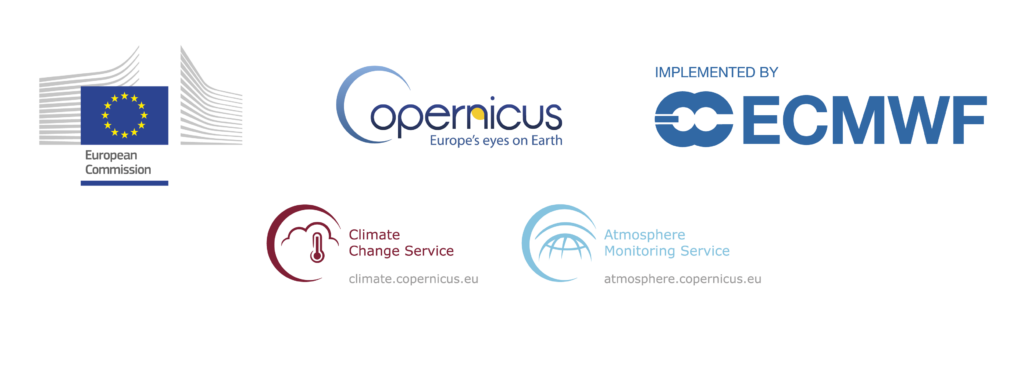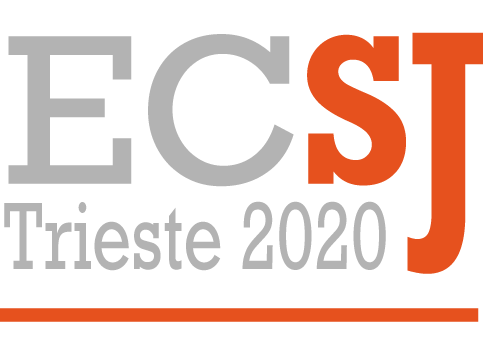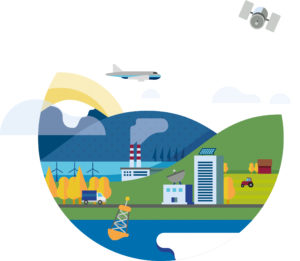 Find your story with ECMWF Copernicus Services
Find your story with ECMWF Copernicus Services
In our changing world, whether they relate to the climate or atmosphere, there has never been a more important time to cover stories accurately and fairly. This is why we at Copernicus ECMWF are always delighted to support the community of science journalists who see us as a trustworthy source of information.
Over the last year, we have provided input for thousands of articles and features, as well as television and radio broadcasts all over the world to help society understand more about climate change and Earth’s delicate atmosphere.
So, who are we?
We are part of the European Commission’s flagship Earth observation programme, Copernicus, which operates six thematic services relating to climate change, the atmosphere, the marine environment, land, security and emergency management. The Copernicus Climate Change Service (C3S) and Copernicus Atmosphere Monitoring Service (CAMS) are implemented by the European Centre for Medium-Range Weather Forecasts (ECMWF) on the Commission’s behalf. Our role is to provide a whole host of free-to-use, quality-assured data on Earth’s climate and atmosphere. From monitoring how current temperatures fit within a longer-term context, to providing data on air quality and emissions, this information could be the missing piece in the puzzle you are looking for when writing an article relating to our climate and environment.
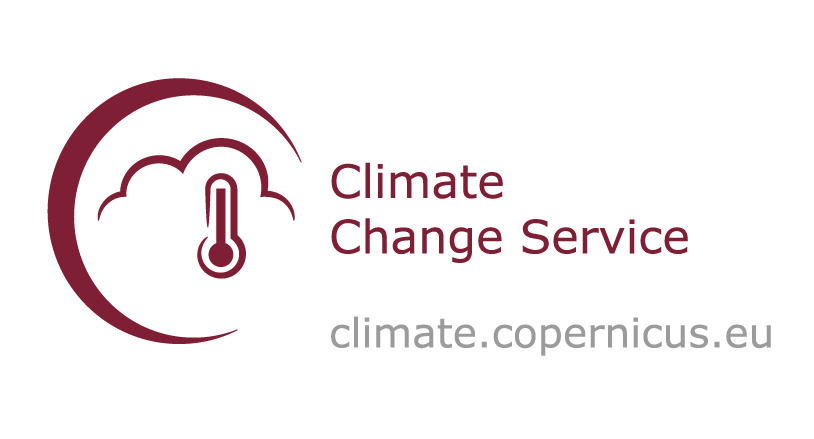 The Copernicus Climate Change Service (C3S)
The Copernicus Climate Change Service (C3S)
Providing authoritative data for Europe and the rest of the world, C3S is your go-to resource for climate-related stories. Using the free and open data and tools on our Climate Data Store, you can explore and understand past trends, the current situation and what the future may hold.
We already work with media organisations such as Euronews and CNN to provide broadcasts on the everyday impacts of climate change, and we help thousands of journalists find their stories with facts, charts, videos and graphics.
Our annual European State of the Climate provides an overview of annual and seasonal climatic conditions in Europe and the European Arctic, comparing these with reference periods to put the previous year’s climate in a longer-term context. Furthermore, our monthly bulletins give an indication of previous month’s temperatures, sea ice conditions and hydrological conditions, including a detailed analysis for Europe and the rest of the world.
All data provided by C3S can be accessed here: cds.climate.copernicus.eu.
Surface air temperature anomaly for July 2020 relative to the July average for the period 1981-2010
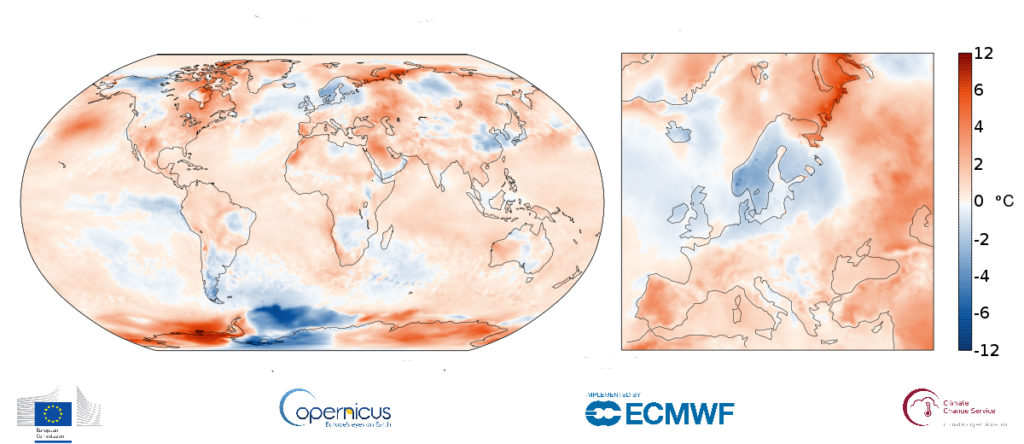
Data source: ERA5. Credit: Copernicus Climate Change Service, ECMWF
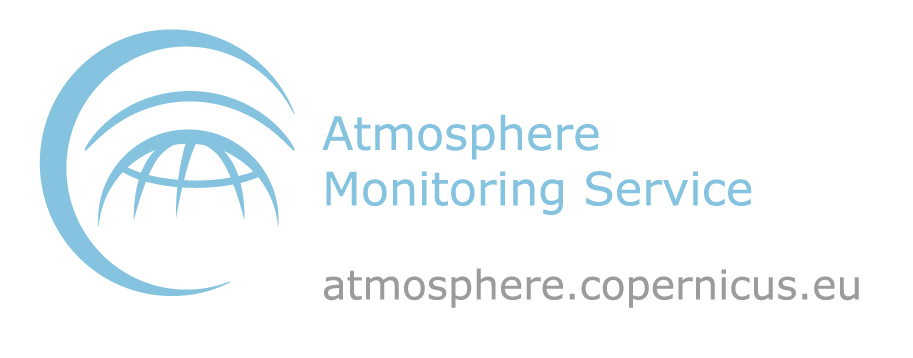 The Copernicus Atmosphere Monitoring Service (CAMS)
The Copernicus Atmosphere Monitoring Service (CAMS)
CAMS provides consistent, quality-controlled information on our atmosphere worldwide, from air quality and emissions to greenhouse gases and climate forcing. An important part of our work is to deliver air quality forecasts that are used in numerous applications around the globe. Consistent information provided by CAMS allows users to assess the past and predict air quality up to five days into the future, and CAMS scientists also monitor wildfire intensity and emissions on an hourly basis.
Every 12 hours, about 350 million observations are integrated into the CAMS in five main areas: air quality and atmospheric composition, solar energy, the ozone layer and ultraviolet radiation, emissions and surface fluxes of pollutions and greenhouses gases, and climate forcing.
The vital information provided by CAMS contributes to daily updates on the air around us. As well as air quality forecasts, regular updates on emissions from human and natural sources, and information on greenhouse gas fluxes, the service also provides historical data on solar energy to support renewable energy production. CAMS’ global and European air quality forecasts are broadcast daily by CNN and Euronews. These forecasts are also available via the weather app of Apple iOS and across all platforms of The Weather Channel. Furthermore, selected CAMS data are also now served through Google Earth Engine.
CAMS provides a host of information covering many different topics to help make your story relevant and factual. Our provisions include informative video content, for example on the ozone hole, as well as engaging graphics that can be used in stories about desert dust plumes over Europe or wildfires in the Arctic, to name just a couple of examples.
All data can be found here: atmosphere.copernicus.eu/data

The distribution and intensity of wildfires in the CAMS GFAS data for the Arctic and boreal zone for 2003-2020. A lot of fire activity can be seen in Siberia in 2020. Credit: Copernicus Atmosphere Monitoring Service, ECMWF.
Everyday, CAMS monitors air quality in Europe and across the globe. In the context of the COVID-19 pandemic, there is an increased interest in data on air quality, which CAMS monitors and provides via a dedicated web page:
atmosphere.copernicus.eu/european-air-quality-information-support-covid-19-crisisFurthermore, C3S data are used to help determine whether air temperature and humidity affect the spread of COVID-19. A free-to-use application (register with free login) is available via the C3S Climate Data Store:
cds.climate.copernicus.eu/apps/80/covid-19
How have journalists found their story through ECMWF Copernicus Services?
The New York Times wrote a story called How Hot Was July? Hotter than ever, Global Data Shows, which used data provided by C3S. Jean-Noël Thépaut, Director of Copernicus ECMWF, was quoted in the article.
France’s Le Parisien wrote an in-depth article called Siberia under the furnace, why we should be worried, which reported on the recent heatwave and wildfires in the region. For the article, data was used from both C3S and CAMS and a graphic was provided to illustrate the heat patterns in the region.
French weekly news magazine, L’Express used Copernicus data to create an infographic on Arctic temperatures and wildfires. This illustrated specific outcomes of these events, such as carbon dioxide emissions.
Croatian newspaper, Novi List, ran a story about how CAMS has been monitoring carbon dioxide emissions during the Covid-19 pandemic and interviewed the service’s Director, Vincent-Henri Peuch.
Whatever your story, and whatever information you need, we will do our best to help you join the dots to complete it.
Check out the press section of C3S here: climate.copernicus.eu/press-releases
Check out the press section of CAMS here: atmosphere.copernicus.eu/press-releases
To be added to our press release distribution list, get in touch with Copernicus-press@ecmwf.int
